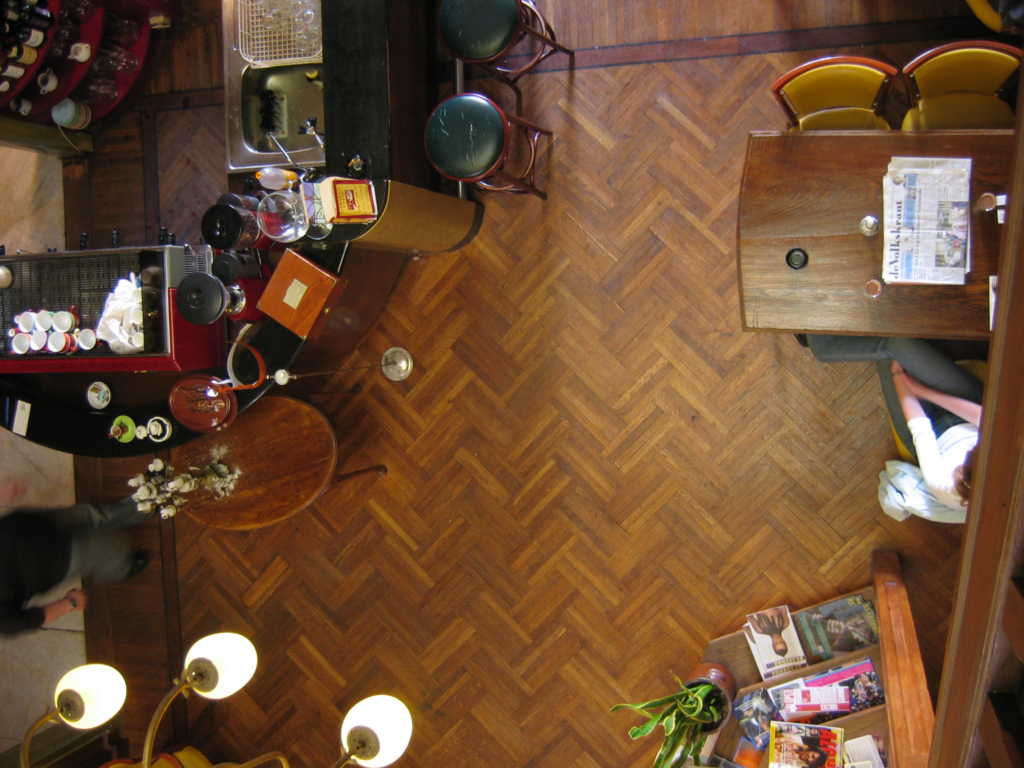“Flooring Alternatives to Tiles” Regarding interior design, the flooring selection greatly impacts a room’s atmosphere, appeal, and use. Although tiles are a popular material for flooring because of their longevity and adaptability, many more possibilities have their own advantages and visual appeal. This article examines various tile-free flooring options, including their benefits, qualities, and applicability for various settings.
Table of Contents
1. Overview
Any room’s flooring establishes the tone for both its utility and design. Although tiles have long been a popular option, contemporary designers and homeowners are looking more closely at substitutes that provide unique aesthetic appeal and versatility.
2. Flooring Alternatives to Tiles- Wooden Floor
Characteristics: Features: Hardwood flooring gives every room warmth and character while radiating timeless elegance and charm. Hardwood flooring gives design versatility because it comes in a range of wood species, finishes, and plank widths in one package.
Advantages:
- Sturdiness and longevity
- Innately beautiful appeal
- It can be refinished to revitalize the look.
Suitability: Hardwood flooring adds a classic touch to both conventional and contemporary settings, making it perfect for living rooms, bedrooms, and dining areas.

3. Vinyl Flooring
Features: “Flooring Alternatives to Tiles” According to this Vinyl flooring is an inexpensive, durable alternative that simulates the appearance of stone, wood, and tile. It offers a variety of design options and is offered in sheets, tiles, and planks.
Advantages:
- Waterproof and effortlessly hygienic
- A large selection of colors and styles
- Cozy beneath the feet
Suitability: High-traffic areas like kitchens, bathrooms, and basements are good candidates for vinyl flooring because of its resilience to moisture and durability.

4. Laminate Flooring
Features: “Flooring Alternatives to Tiles” According to this Laminated flooring is an inexpensive and long-lasting flooring choice made of several layers fused. For a small fraction of the price, it can mimic the appearance of tile, stone, or hardwood.
Advantages:
- Resistant to stains and scratches
- Installing click-and-lock systems is simple.
- little upkeep
Adaptability: Laminate flooring is a cost-effective substitute for traditional materials in almost every room of the house, including living rooms, bedrooms, and hallways.

5. Cork Flooring
Features: “Flooring Alternatives to Tiles” According to this Cork flooring is an environmentally beneficial and sustainable choice because it is made from the bark of cork oak trees. Its inherent qualities as an acoustic and thermal insulator bring serenity and comfort to interior spaces.
Advantages:
- Both biodegradable and renewable
- Supple and cozy underfoot
- Tolerant of mildew and mold
Suitability: With its robust and soft surface that keeps warmth and lowers noise, cork flooring is a great option for kitchens, playrooms, and home offices.

6. Bamboo Flooring
Features: “Flooring Alternatives to Tiles” According to this Bamboo flooring is a sustainable and environmentally beneficial material because it is made from the fast-growing bamboo plant. It has a unique grain pattern that gives interior spaces visual character, along with natural beauty and durability.
Advantages:
- Ecologically friendly and sustainable
- More robust and resilient than conventional hardwood
- Resistant to insects and dampness
Suitability: Bamboo flooring is a chic and environmentally friendly substitute for classic hardwood flooring in living rooms, dining rooms, and bedrooms throughout the house.

7. Concrete Flooring
Features: “Flooring Alternatives to Tiles” According to this Concrete flooring has an industrial and minimalist look that may be customized in countless ways with staining, polishing, and ornamental applications. It offers a surface that is resilient to heavy foot traffic and requires little upkeep.
Advantages:
- Incredibly strong and long-lasting
- Flexible design choices
- Suitable with systems that use radiant heating
Suitability: Concrete flooring is ideal for lofts, studios, and commercial spaces that have an industrial or modern aesthetic and value longevity and creative flexibility.

8. Carpet Flooring
Features: “Flooring Alternatives to Tiles” According to this Carpet carpeting is a warm, appealing option for both home and commercial settings because it gives interiors visual texture, warmth, and softness. To accommodate a variety of design tastes, it comes in an extensive array of styles, hues, and pile heights.
Advantages:
- Offers sound absorption and insulation.
- Lessens noise and softens falls
- Provides countless design options
Suitability: For spaces that prioritize comfort and acoustic control, such as bedrooms, family rooms, and home theaters, carpet carpeting is perfect for establishing a cozy and welcoming ambiance.

Conclusion
In summary, although tiles are still a common flooring material, there are a plethora of other possibilities available in the interior design field that may accommodate a wide range of interests, preferences, and lifestyle requirements. For every type of room and aesthetic, there is a flooring option available, whether you choose the classic beauty of oak, the toughness of vinyl, or the sustainable appeal of bamboo. Homeowners and designers can let their imaginations run wild and create individualized havens of comfort and beauty by investigating these options.








